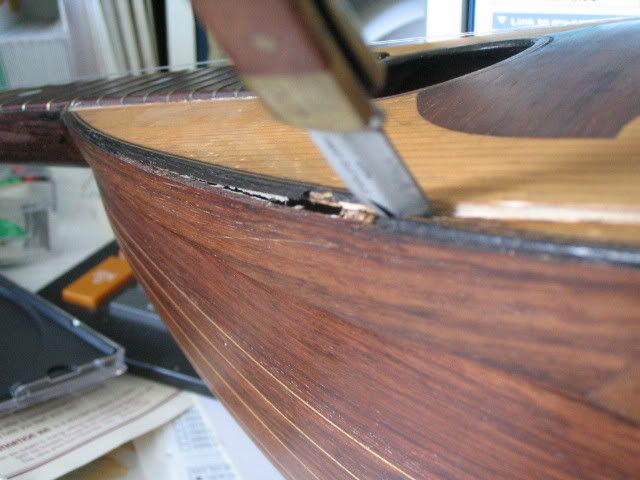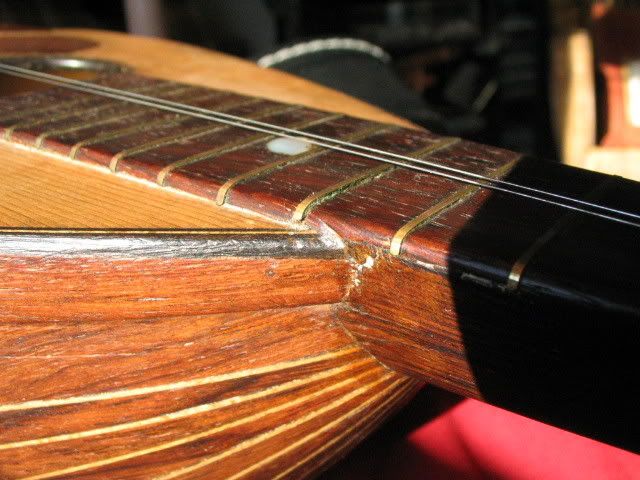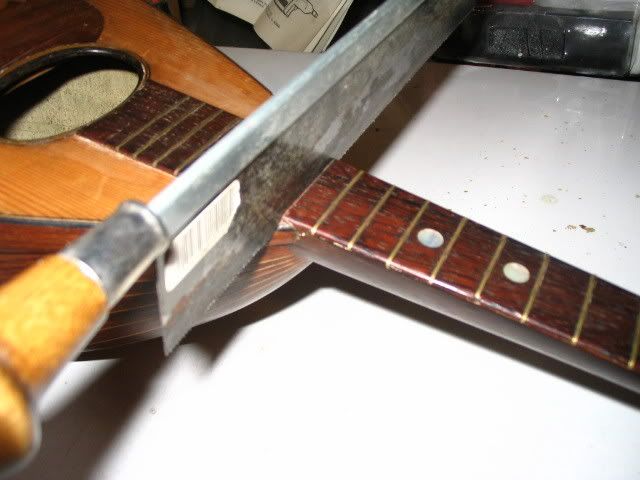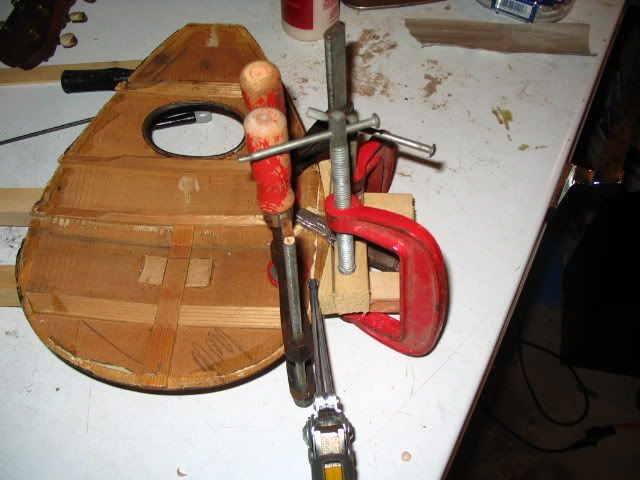Hi All. I recently bid on and won a very old Italian bowlback from the auction by Chris Logan. As expected it needs repairs.
It has a separation between staves on the bowl and, more seriously a separation between the top and side almost the full length.
Most stringed instruments have a gluing strip added at the joint between the side and top. This instrument does not.
Two questions: 1) Should I remove the top? 2) Should I add a gluing strip in order to strengthen the joint?
Pardon my ignorance of terminology.
Many Thanks
Jim







 Reply With Quote
Reply With Quote












Bookmarks